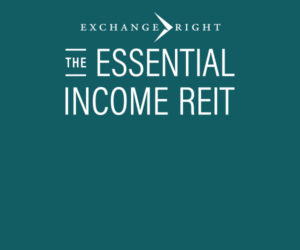Real Estate Borrowers Are Keeping Their Distance From SOFR, for Now

March 3, 2020 | Mack Burke | Commercial Observer
In 2017, the Secured Overnight Financing Rate (SOFR) was picked as the preferred successor to the U.S. Dollar London Interbank Offered Rate (LIBOR), the widely used benchmark reference rate index that’s been around since the 1970s and is scheduled to expire at the end of 2021.
Last summer, the Alternative Reference Rate Committee (ARRC), the entity that was tasked with choosing a new reference rate and settled on SOFR, released fallback language for markets to prepare for the transition. Following the release, major lenders and institutional players moved quickly to begin the shift to SOFR.
Last year, in December alone, there were numerous examples of the conversion. Some major investment banks began implementing ARRC fallback language in all their single-asset, single-borrower (SASB) CMBS securitizations, listing SOFR as the alternative, and on December 12, Freddie Mac issued a CMBS conduit that was all SOFR — the FREMF 2019-KF3 deal. A separate example came a day later on Dec. 13, when Royal Dutch Shell closed on one of the first credit facilities linked to SOFR, a $10 billion revolving credit facility coordinated by Bank of America and Barclays. And earlier this month, the Federal Housing Finance Agency announced that Fannie Mae and Freddie Mac would no longer purchase loans indexed to LIBOR in a move to encourage their approved lenders to adopt a new benchmark to help avoid any cash flow risks.











